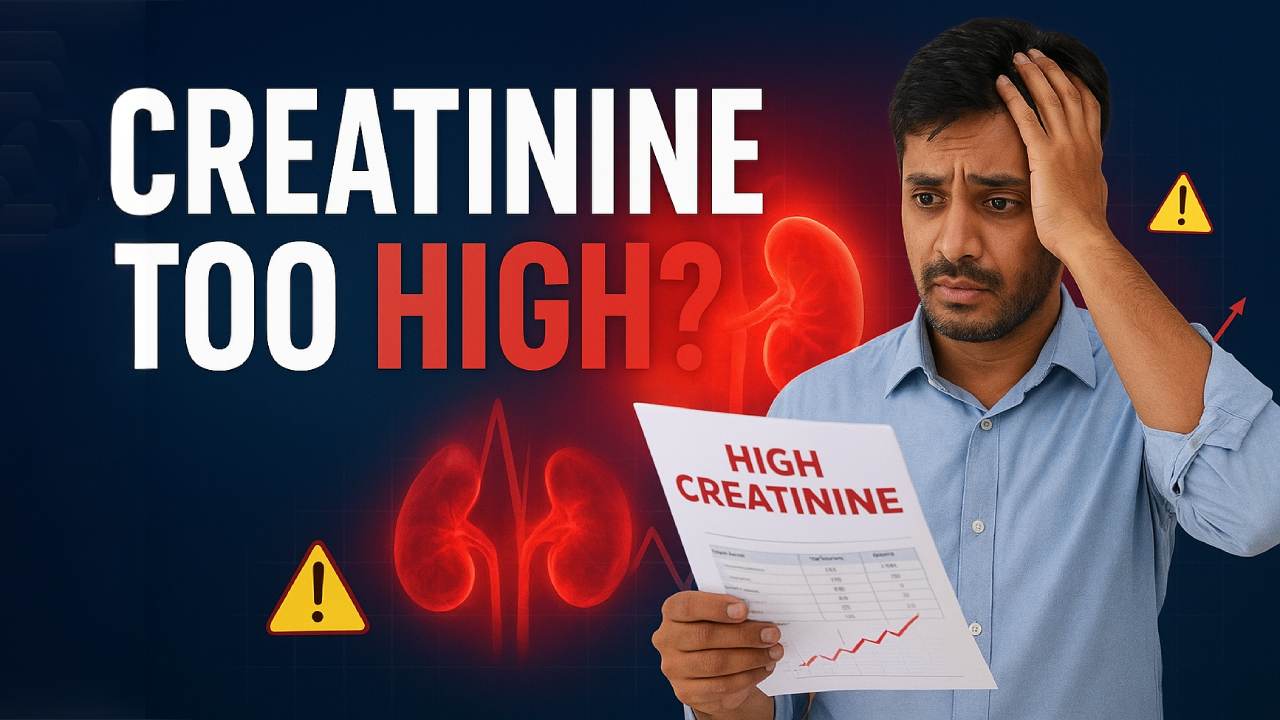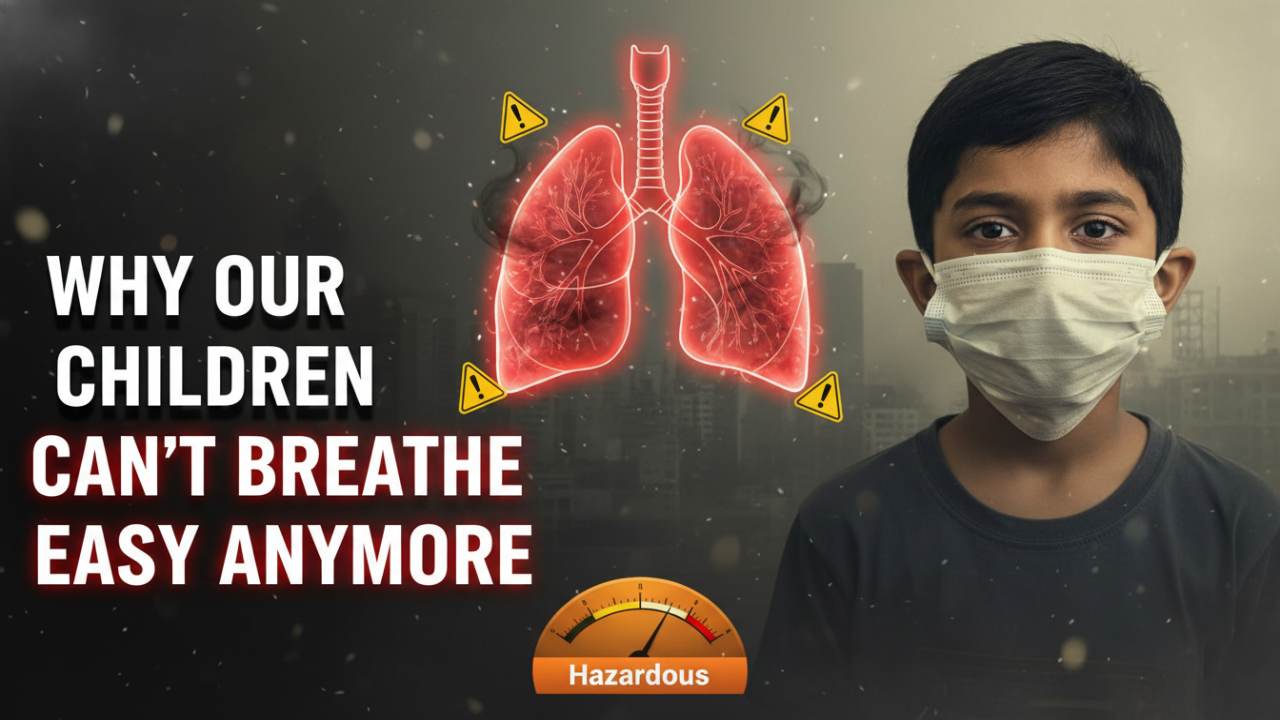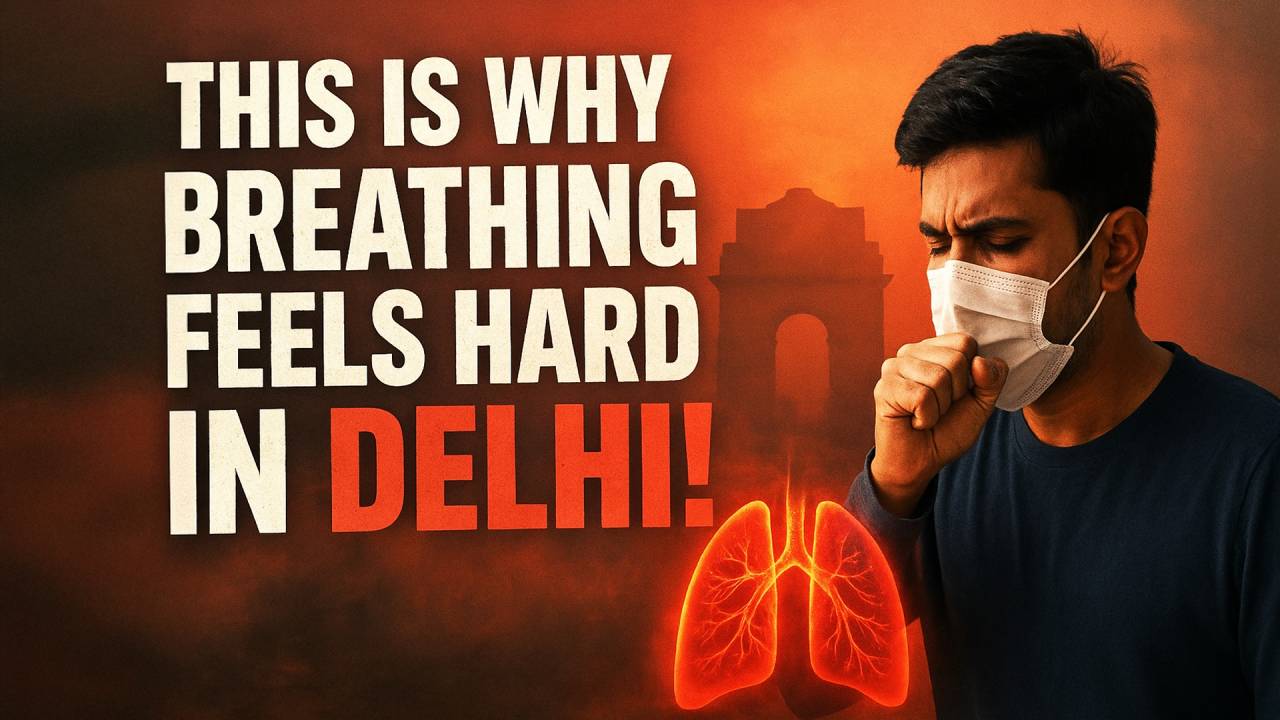Facing the Unthinkable: Prostate Cancer in Young Men – Warning Signs, Causes & Treatment
Verified By Dr. Rahul Tiwari | 27-Sep-2025
Prostate cancer is often seen as a disease that affects older men. But recent trends show an unsettling rise in prostate cancer in young males, sometimes even in their 30s and 40s. As a result, early detection, awareness of warning signs, and proactive treatment have become more crucial than ever.
Dr. Rahul Tiwari, Consultant Uro Surgeon at Kailash Hospital, leans forward intently: "Last month, I diagnosed aggressive prostate cancer in a 42-year-old father of two with no family history. A decade ago, this would be unthinkable – yet now, 10% of our prostate cancer patients are under 55." His colleague, Dr. Rahul Singh, Consultant Radiation Oncologist, adds grimly: "Early-onset cases are 67% more likely to metastasize than those in older men. When signs of prostate cancer in young males appear, it's often already stage III or IV."
Table of Content
Unlike slower-growing prostate cancers in older men, early-onset disease has distinct biological drivers:
- Genetic Mutations: 65% of young patients carry BRCA1/BRCA2 or Lynch syndrome mutations
- Aggressive Pathology: 80% have Gleason scores ≥7 versus 45% in older men
- Delayed Diagnosis: PSA tests are rarely ordered for men under 50, allowing tumors to progress silently
"Younger prostates have denser tissue and richer blood supply," explains Dr. Tiwari. "Cancer cells exploit this environment to spread rapidly – sometimes within months."
#1: Sexual Dysfunction Beyond ED
- Painful ejaculation or blood-tinged semen (hematospermia)
- Reduced ejaculate volume despite normal arousal
#2: Urinary "Glitches"
- Intermittent flow starts/stops without prostate enlargement
- Post-void dribbling persisting >2 weeks
#3: Pelvic Discomfort
- Feeling of "sitting on a golf ball" even when not seated
- Unexplained testicular heaviness
#4: Metabolic Shifts
- Sudden muscle loss in thighs/glutes despite exercise
- Unexplained anemia causing chronic fatigue
#5: Sleep Disruptions
- Waking 3+ times nightly to urinate (nocturia)
- Night sweats unrelated to room temperature
"When a 35-year-old complains of back pain, cancer rarely comes to mind," admits Dr. Singh. "Yet in young men, bone pain is the #1 sign of metastasis."
Also read: Infertility in Men and Women: Common Causes and Risk Factors in India
When left undetected or untreated, advanced prostate cancer can metastasize. These late-stage signs are critical red flags:
- Severe bone pain, especially in spine, hips, ribs
- Pathologic fractures due to bone weakening
- Muscle wasting, severe fatigue
- Blood in urine with significant weight loss
- Difficulty breathing if cancer spreads to lungs
- Jaundice and abdominal swelling from liver involvement
Dr. Singh emphasizes, “These are emergency warning signs. Treatment at this stage focuses on managing pain and extending life, not cure.”
While genetics can't be changed, you can lower your risk through:
- Regular screenings from age 40 if you have risk factors
- Blood tests – PSA levels; Digital Rectal Exam (DRE)
- Balanced diet – rich in fruits, vegetables, low-fat dairy
- Physical activity – minimum 150 minutes of moderate exercise weekly
- Maintain healthy weight – BMI below 25
- Avoid smoking and limit alcohol
- Supplements – Vitamin D and omega-3, after consulting your physician
Dr. Tiwari urges, “I tell patients: control what you can—diet, exercise, screenings. That’s real empowerment against prostate cancer.”
Timely diagnosis hinges on:
- PSA blood test (may be lower in younger patients)
- Digital Rectal Examination (DRE)
- Multiparametric MRI – to visualize suspicious areas
- Prostate biopsy – 10–12 core samples guided by MRI fusion
- Bone scan or CT – to rule out metastasis in advanced cases
Also read: Unlocking Relief: How to Relieve Chest Tightness and Shortness of Breath
Management depends on disease staging and patient preferences. Options include:
1. Active Surveillance
For low-volume, slow-growing tumors; close PSA, MRI, and biopsy monitoring every 3–6 months.
2. Robotic Radical Prostatectomy
Surgical removal of the prostate. Ideal for younger patients seeking long-term cure. Dr. Tiwari says, “Younger men are good candidates due to longer life expectancy and better recovery from nerve-sparing surgery.”
3. Radiation Therapy
Options include External Beam Radiation or Brachytherapy. Dr. Singh shares, “Combining radiation with hormonal therapy works well for intermediate/high-risk cases, with excellent control rates in young men.”
4. Hormonal Therapy (ADT)
Used only short-term alongside radiation in advanced cases due to side effects like fatigue and bone density loss.
5. Chemotherapy/Targeted Agents
For metastatic disease, chemo or targeted therapy (like PARP inhibitors for BRCA mutations) help relieve symptoms and improve survival.
6. Focal Therapy (e.g., HIFU, Cryotherapy)
Used in small, localized tumors to minimize side effects. Still experimental but promising.
Prostate cancer is no longer confined to older age groups. Young men should now ask: Could I be at risk? Timely detection is your best ally. Know your body, get screened, and don't ignore persistent urinary or pelvic changes. As Dr. Tiwari affirms: "Ignore the 'too young' myth. If symptoms persist >2 weeks, demand a PSA test." And Dr. Singh adds: "With modern prostate cancer treatment, even advanced cases aren't death sentences. At Kailash Hospital, we're proving this daily."
With early intervention and personalized care from top experts at Kailash Hospital, the future—regardless of age—can be full of promise.



 +91-9711918451
+91-9711918451
 international.marketing@kailashhealthcare.com
international.marketing@kailashhealthcare.com







